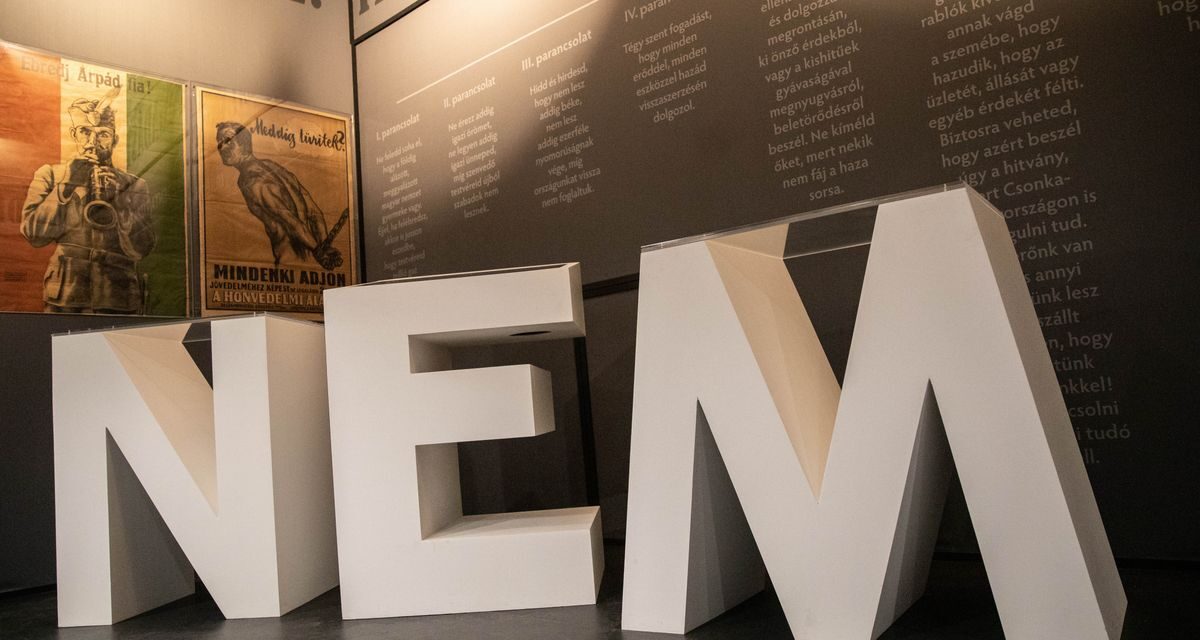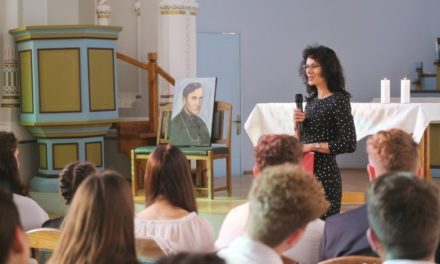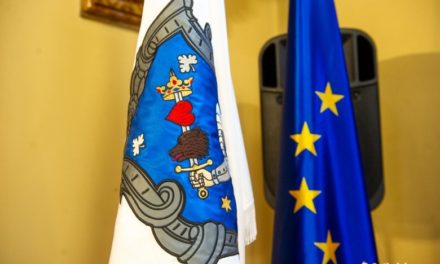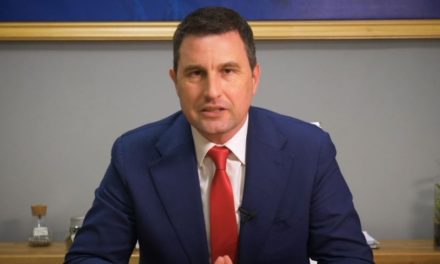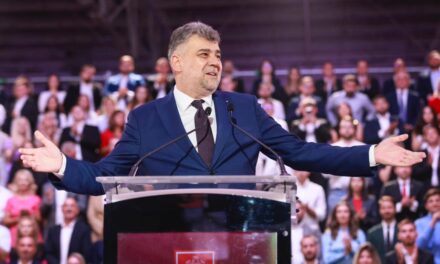The recently reopened exhibition at the Castle Palace is moving, uplifting and thought-provoking.
The renewed exhibition showing the fateful years for the Hungarian nation welcomes visitors again as a unique "pilgrimage place" in the Carpathian Basin. To understand the Trianon tragedy, a dramatic route with spectacular elements was built. The exhibition contents have been renewed, partly by rethinking and modernizing previous exhibitions, partly by implementing completely new ideas.
As we cross the threshold of the museum, we find ourselves in a symbolic Central European railway station in 1919, where we hear the desperate voices of people speaking in different languages, military commands echoing, refugees crying, while the steam locomotive purrs in the background.
We suddenly fall into this world, which does not let go of the grip of this dramatic frame even when visiting the exhibition. We just go forward, room by room, and the tightness in our hearts grows. The exhibition systematically guides you through the individual stages and dimensions of the Trianon tragedy, and finally they come together in us as an organic whole and we leave the museum door as a different person. We don't even feel the time, as the exhibition manager introduces us more and more deeply into the description of the events. In the exhibition spaces, with the help of interactive tools, these little-known chapters of Hungarian history are brought to life and made almost tangible for people of all ages.
The material presented in the museum covers the exact history and consequences of the Trianon Dictate in relation to the Carpathian Basin, presents the particularly beautiful products of the irredentist movements following World War I, the happy moments of the "homecoming" of some parts of the country that were temporarily rejoined to the motherland, the events of the Great War and the post-war , collective, bloody reprisals against Hungarians.
In the room called Faces of Damnation, we see portraits of Trianon's historical leaders, including portraits of Georges Clemenceau and Edvard Benes.
The beautiful ballroom, overlooking the park, with its huge windows, depicts the Grand Trianon Palace in Versailles, where the dictation was signed: "Cursed is the hand that signs this peace" - we read István Friedrich's quoted sentence on a typical irredenta reprint poster, the room on the wall. The original poster was made in Károly Besskó's workshop in 1920.
While walking through the permanent, interactive, multisensory effects of 12 colors and presenting the rich and shocking material and spiritual legacy of the loss of the country, we feel with great weight what our grandparents, great-grandparents, and relatives must have felt at that time.
The museum is located in the Zichy Castle in Várpalota, on the castle hill. The Trianon Museum Foundation was established within the historical walls in 2001, and the Trianon Museum officially opened its doors in 2004.
After two years of renovation, the museum reopened its doors to visitors a few days ago in the completely renewed, listed Zichy castle. Thanks to the development that has just been completed, the permanent, interactive Trianon exhibition consisting of 12 colors, as well as a computer technology workshop related to the museum's theme, a cinema, music room, museum pedagogy room and escape room, as well as a specialist library await visitors and professionals in its exhibition spaces.
The building not only underwent vital conservation and renovation works, but also developed a new heating system, which enables the museum to welcome its visitors in comfortable conditions all year round.
The project included the design of the gift shop, cloakroom and cafe, accessibility and the creation of event spaces in the castle building.
The renovation was carried out with the support of the European Union and the Hungarian state, under the coordination of the National Heritage Protection Development Nonprofit Kft., with the help of the national castle and castle program.
All of this was explained by Csaba Pál Szabó, director of the Trianon Museum and chairman of the board of trustees, and then he introduced set designer Kázmér Tóth, who played a major role in the creation of the exhibition. - A very serious amount of historical knowledge is displayed on the walls, but we also tried to achieve a visual effect - the set designer began. – There are parts that are particularly theatrical because they want to make an impact. In order for one to go through the exhibition in such a way as to experience the events, visual elements and sound effects are needed to amplify the historical facts. There was a serious graphics team, its members were amazingly adaptable to the ideas we could use to show the different phases.
I would like to address primarily young people, who may not read everything, but the effect they experience results in the same thing: they become interested in the topic.
"This is a topic that is ignored by the older age group, which is why they need to get to know it. We would be happiest if everyone could see the exhibition," added Kázmér Tóth.
The Trianon Museum has been completely renewed - pointed out Csaba Pál Szabó. "We can say that with the opening of our exhibitions and the reopening of the Trianon Museum, the first systematic, effective, self-reflexive interpretation of the 20th century was born. about Hungary in the 20th century, about the possibilities and tasks of our country at the present time, or, as it was said in the past, about the mission of Hungarians in Central Europe".
Our exhibition provides a new interpretation of many issues of the processes leading to Trianon and the methods, risks and chances of community healing, he emphasized.
"Our museum's definite, overriding goal is to be able to reach the school-age, high-school and university generation with our messages. Our museum offer competes with the tools and techniques of the visual world used by young people. The Trianon Museum wants to make an impact and make a difference. Our success depends on young people understanding at least some of our messages. The biggest danger is that we haven't really learned the lessons of the century-long process in which Hungary became weak. We are convinced that without the knowledge, treatment, diagnosis and therapy of the Trianon trauma, there is no high-quality community, no balanced, meaningful and feasible Hungarian future - summed up the director.

